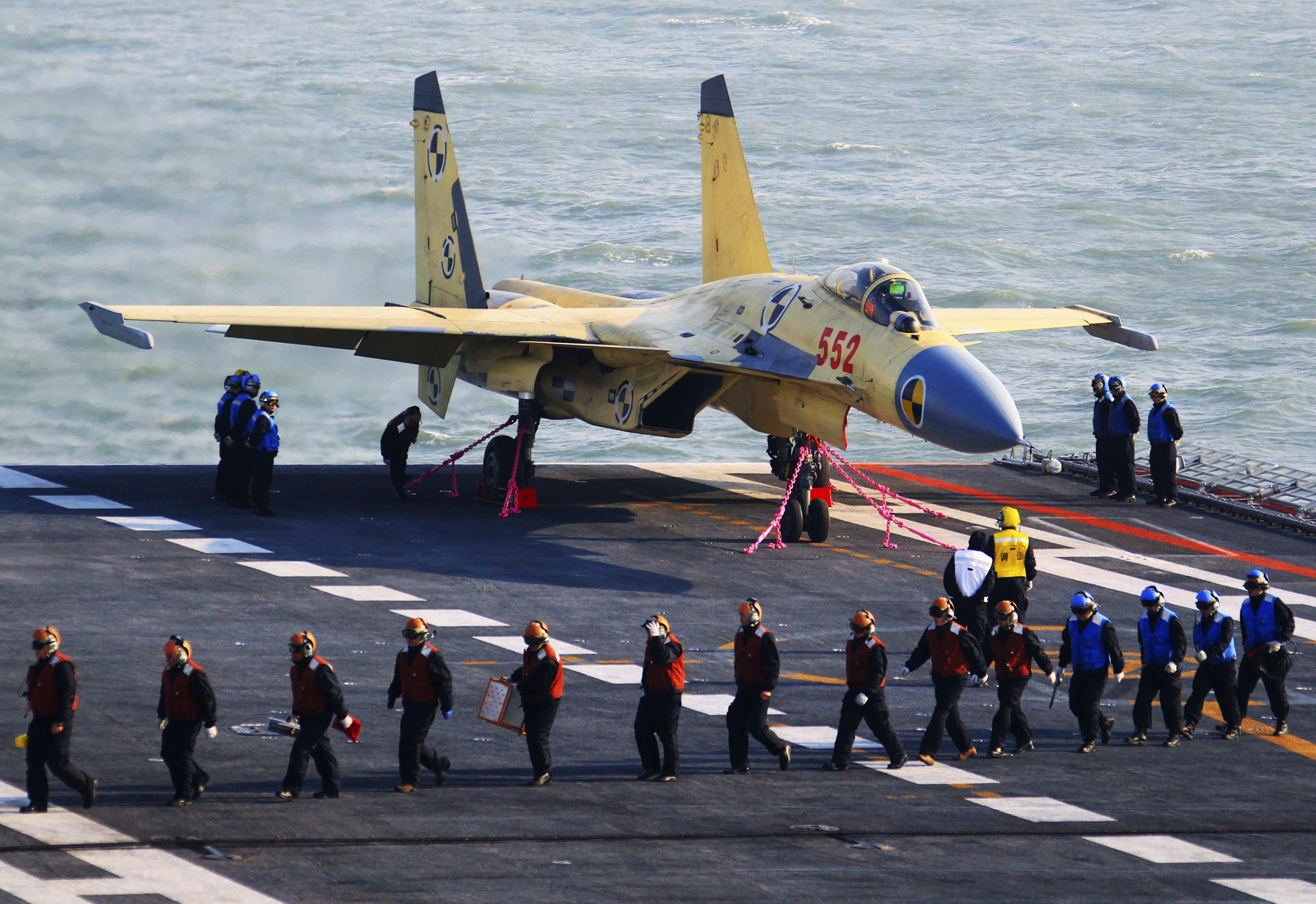BEIJING—China is disputing the U.S. account of a midair encounter between their respective military aircraft, saying the Chinese fighter jet kept a safe distance in inspecting a U.S. Navy patrol plane.
 A Chinese Defense Ministry statement released late on Saturday called the Pentagon’s depiction of Tuesday’s encounter over the South China Sea “totally untenable.” The Pentagon said on Friday that the Chinese fighter made three passes under the U.S. aircraft at close range, with the planes coming nearly wingtip to wingtip.
A Chinese Defense Ministry statement released late on Saturday called the Pentagon’s depiction of Tuesday’s encounter over the South China Sea “totally untenable.” The Pentagon said on Friday that the Chinese fighter made three passes under the U.S. aircraft at close range, with the planes coming nearly wingtip to wingtip.
In response to the Chinese assertion, a senior U.S. defense official in Washington said on Saturday that the air encounter was unnecessarily dangerous and aggressive. “The only place I know where 20 feet between wingtips is considered a safe distance is a Blue Angels show,” the official said, referring to the Navy’s flying aerobatic team.
The Chinese jet, a J-11, was dispatched when the U.S. Navy P-3 anti-submarine aircraft and a P-8 patrol aircraft flew 220 kilometers east of Hainan island, the Chinese Defense Ministry said. “The operation by the Chinese pilot was professional and maintained a safe distance with the U.S. plane,” defense spokesman Col. Yang Yujun said in the statement, which was posted on the ministry’s website.
While tense air and sea encounters occur periodically, the latest incident comes after both militaries have worked to improve ties and hashed out guidelines to reduce the potential of accidents during chance encounters at sea. Senior Naval commanders have said in recent interviews there had been no troublesome encounters in recent months.
U.S. defense officials said there are frequent intercepts by People’s Liberation Army ships and aircraft, but they aren’t always disclosed. “It’s part of a pattern for them,” a senior defense official said, adding the U.S. sees the increased Chinese assertiveness as “an indication of growing annoyance by the PLA about our presence.”
U.S. officials called Tuesday’s intercept particularly aggressive. China’s Col. Yang said the scale and frequency of U.S. surveillance operations was a danger to safety and “the root cause of accidents.” He called on the U.S. to reduce surveillance activities to create a positive atmosphere for relations between the militaries.
